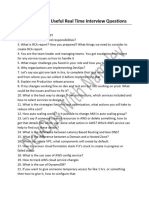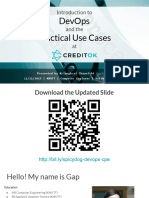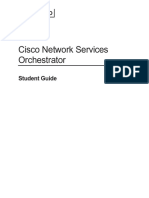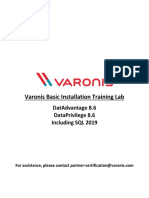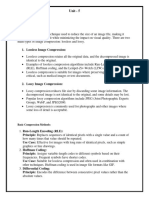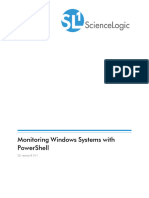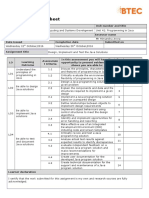0% found this document useful (0 votes)
13 views15 pagesDevOps Q and A2
The document outlines a series of interview questions and answers related to DevOps practices, covering topics such as day-to-day activities, NAT Gateway, Kubernetes upgrades, CI/CD pipelines, and monitoring tools. It provides scenario-based responses and best practices for each topic, emphasizing the importance of security, automation, and efficient resource management. Additionally, it includes advanced Q&A sections to address deeper technical inquiries and reinforce key concepts.
Uploaded by
ranjanawsyCopyright
© © All Rights Reserved
We take content rights seriously. If you suspect this is your content, claim it here.
Available Formats
Download as PDF, TXT or read online on Scribd
0% found this document useful (0 votes)
13 views15 pagesDevOps Q and A2
The document outlines a series of interview questions and answers related to DevOps practices, covering topics such as day-to-day activities, NAT Gateway, Kubernetes upgrades, CI/CD pipelines, and monitoring tools. It provides scenario-based responses and best practices for each topic, emphasizing the importance of security, automation, and efficient resource management. Additionally, it includes advanced Q&A sections to address deeper technical inquiries and reinforce key concepts.
Uploaded by
ranjanawsyCopyright
© © All Rights Reserved
We take content rights seriously. If you suspect this is your content, claim it here.
Available Formats
Download as PDF, TXT or read online on Scribd
/ 15










